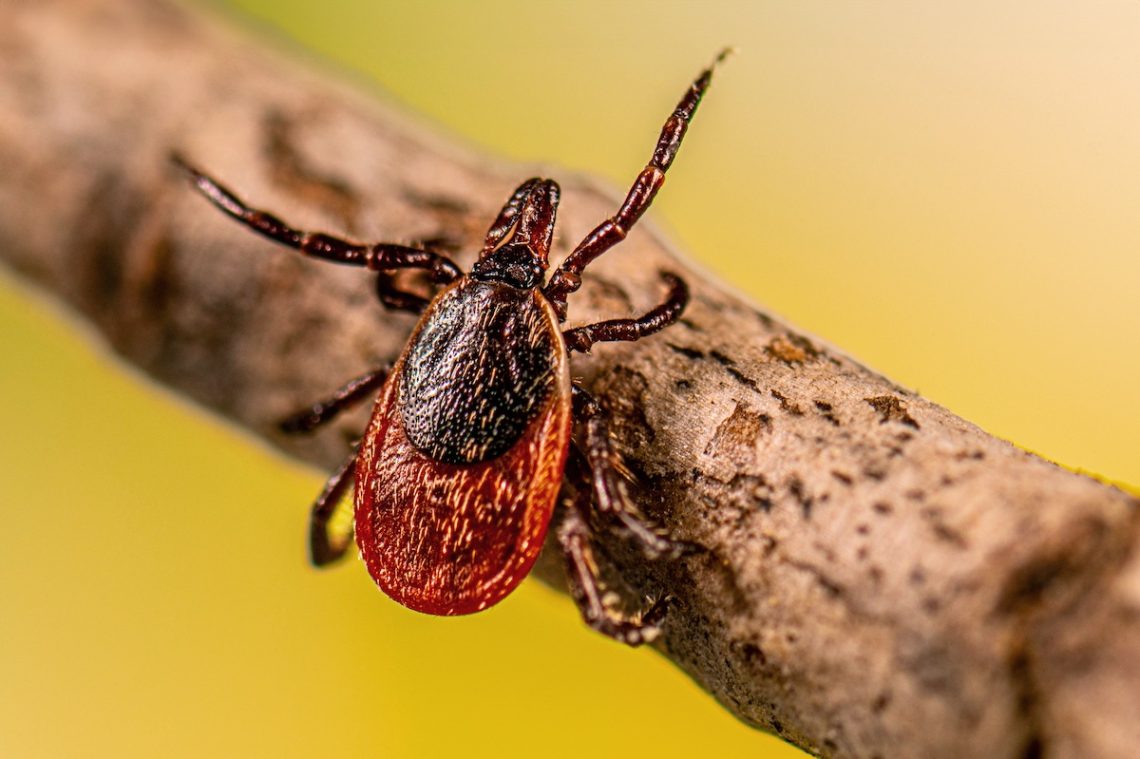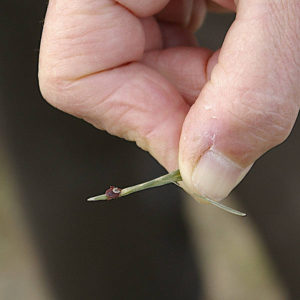Tag
ticks
-
Lyme disease on the rise as climate change expands tick range
Spring is in the air, bringing with it green leaves, colorful flowers and — unfortunately — ticks. And with ticks, Lyme…

-
Science writer follows the trail of tick bites and a meat allergy
A feature story exploring how some ticks can cause people to develop an allergy to meat was one of the…

-
Ticks — and the diseases they carry — are likely becoming a big story in your area
The mild winter in the U.S. suggests that it will be a busy year for ticks — just as more…

-
Tick season increasingly begins sooner with climate change
Ticks are emerging earlier from winter hibernation and remaining active for more weeks of the year as the climate is…

-
•
Addressing the controversy over ‘chronic Lyme disease’
Covering Lyme disease can be a complicated endeavor. It’s hard to diagnose, and it’s even more difficult to decide what…




